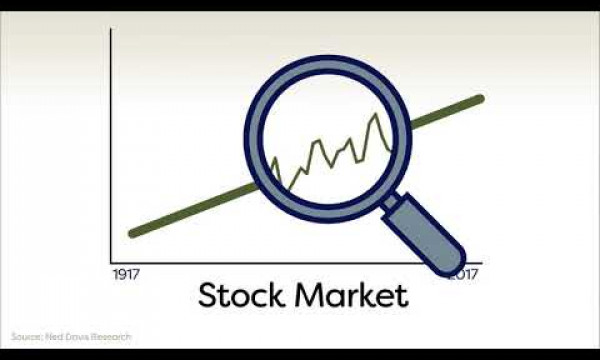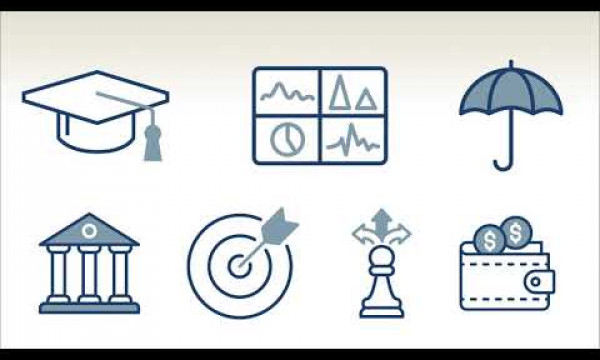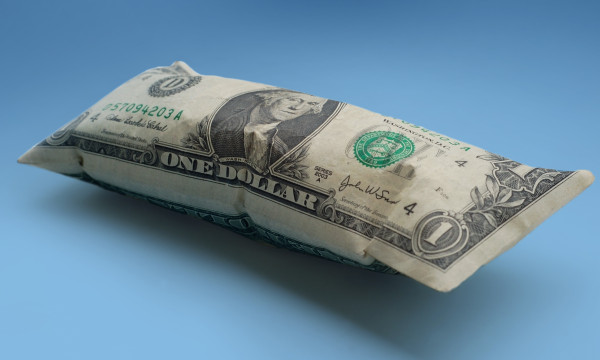Frequently Asked Questions
Our team is here for you. Call 888.769.2362, 402.323.1592, or email 401k@ubt.com, and we'll be happy to help.
- Contact your previous provider and ask for Transfer/Rollover Paperwork. Tell them you are rolling your dollars into another qualified plan.
- Complete the Rollover Form provided. Please feel free to contact Retirement Plan Services at (402) 323-1592 with any questions.
- Submit the Rollover Paperwork back to the previous provider. They will send the check directly to Union Bank and Trust in order to avoid taxes and penalty.
- If your previous provider sends the check directly to you, please provide all accompanying paperwork to us so that we can process the contribution on a timely basis.
- Trustee Name: Union Bank & Trust Company
Checks should be payable to:
Union Bank & Trust FBO (For the Benefit Of) (Your first & last name)
Send Checks to:
Union Bank & Trust
Attn: Retirement Plan Services in care of (Your current company’s name)
P.O. Box 82535
Lincoln, NE 68501
Need Help? Toll-free 1.888.769.2362
Retirement contributions are made on a pre-tax basis, meaning you are not currently taxed on your compensation that is contributed to the plan. At the time you elect to take a distribution (withdrawal) from the Traditional retirement account, you will be taxed on both the contributions to the plan and any earnings on those contributions.
Roth contributions are made on an after-tax basis, meaning you have already paid taxes on the funds by the time you make the contribution. At the time you elect to take a distribution (withdrawal) from the Roth account, you will not owe any tax on the contributions (you have already been taxed on them), and further, if the distribution is a "qualified distribution" you will not pay any tax on the earnings associated with the Roth contributions.
If you receive a "qualified distribution" from your Roth account, the entire distribution (your contributions and earnings on those contributions) will not be taxed. A qualified distribution is a distribution that satisfies the "5-year rule” and is made after your attainment of age 59 1/2, death, or disability. The 5-year rule is met if five calendar years have passed since you first made a contribution to your Roth account.
You can withdraw money from your retirement account only as permitted by your employer’s plan. Keep in mind that there may be early withdrawal penalties and possible tax consequences for a withdrawal, and any type of distribution will reduce the value of your retirement savings. Some of the more common examples of events that may allow you to make a distribution may include: In-service distribution: Your plan may allow an in-service distribution from your retirement savings and any matching dollars from you company when you reach the age of 59 ½, even if you are still employed. If you have rollover dollars you can request an in-service distribution at any time, subject to your plan’s procedures.
Termination: When you leave the company you will receive distribution paperwork where you can indicate what you would like to do with your retirement account. Your options may include leaving the funds in the retirement plan; rolling your dollars to a new employer’s retirement plan, or an IRA; or receiving an immediate cash distribution of your funds.
Hardship withdrawal: Your salary deferral dollars may be eligible for a hardship distribution. Consult your human resources representative or your Union Bank & Trust educator if you are experiencing heavy financial need for one of the following conditions and are interested in learning more about a potential hardship withdrawal:
- Expenses for medical care for you, your spouse, your dependents,
or your primary beneficiary
- Costs directly related purchasing your home (excluding mortgage
payments)
- Post-secondary education expenses for yourself, your spouse, your
dependents, or your primary beneficiary
- If you are facing eviction or foreclosure from your primary residence
- Payments for burial or funeral expenses for your deceased parent, spouse,
children, dependents, or your primary beneficiary
- Expenses for repair of damage to your primary residence
To Request a Distribution:
- Please visit (www.ubt.com/rps) and log into your online account.
- Enter your user name and password. If you have never logged in before, please contact us at 402.323.1592 or 888.759.2382 for assistance.
- From the Account Dashboard, select Withdrawals.
- In Withdrawals, select the type of distribution that applies to you based on your employment status and age.
- Complete the online steps to request the withdrawal.
- If your plan does not allow for online distributions, please contact us at 402.323.1592 or 888.759.2382 and request distribution paperwork.
Any savings is better than nothing and the sooner you get started, the better! One of the most important things you should do would be to maximize your company's match, if offered. For example, if your company matches 50 cents on the dollar up to 6% of your compensation, you should contribute at least 6% of your compensation to receive the full benefit. Simply defer as much as you can afford to budget and take full advantage of the tax deferral.
Learning Center articles, guides, blogs, podcasts, and videos are for informational purposes only and are not an advertisement for a product or service. The accuracy and completeness is not guaranteed and does not constitute legal or tax advice. Please consult with your own tax, legal, and financial advisors.
|









